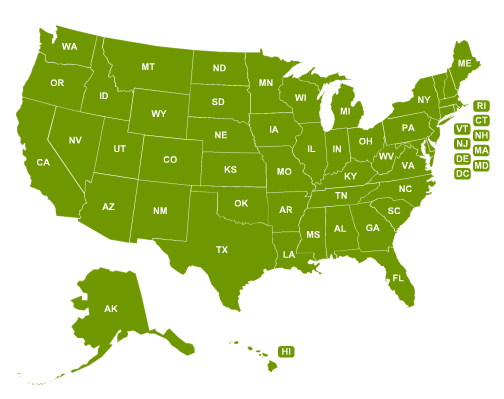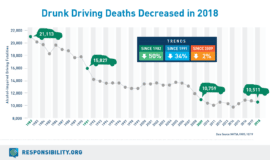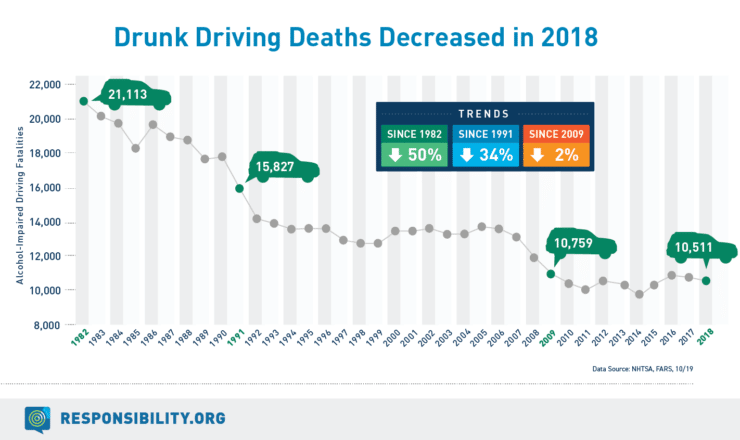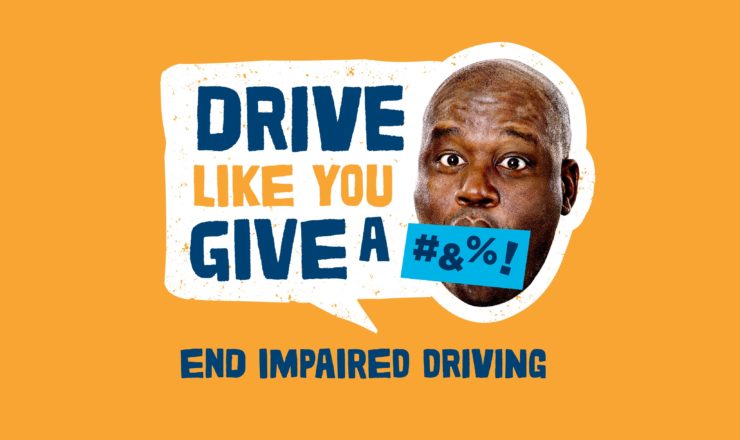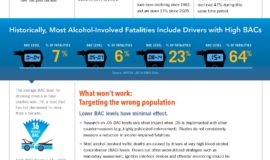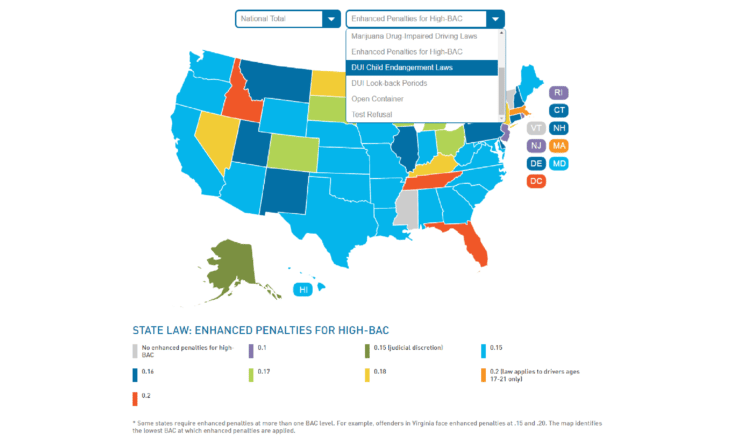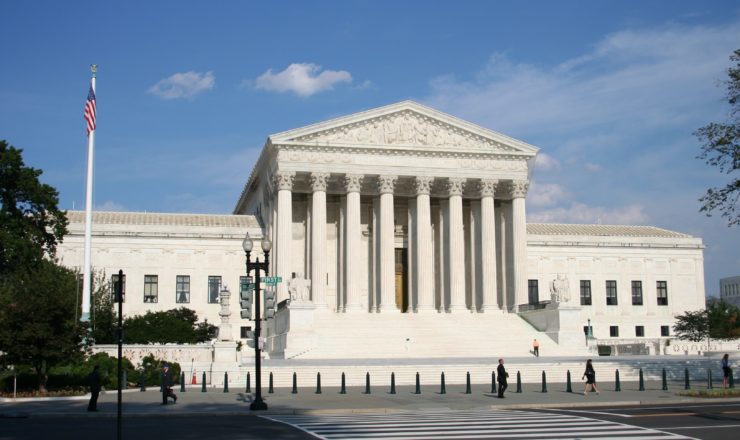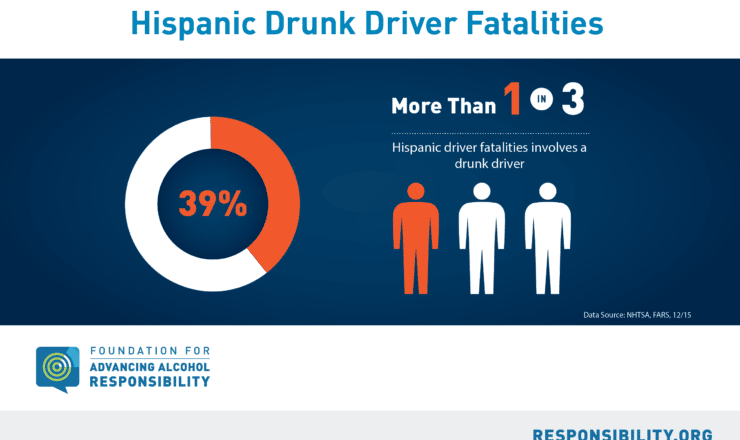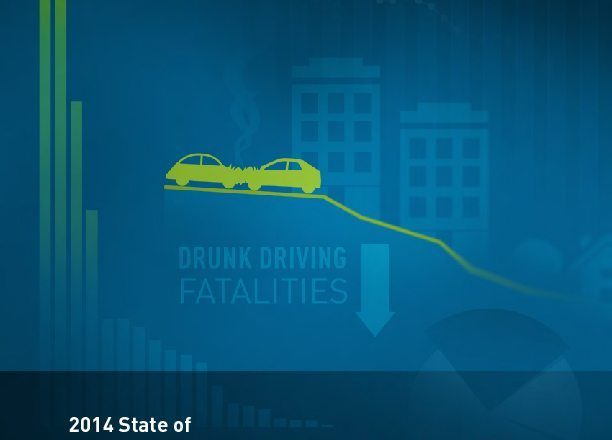Toxicology report shows Cardinals' Taveras was extremely drunk at time of fatal crash
On October 26th, 2014 as I was watching my beloved San Francisco Giants play in Game 5 of the World Series, my heart sank when Twitter lit up with news of Oscar Taveras’ passing. Oscar, a recent call-up of the St. Louis Cardinals, was one of the top ranked baseball prospects in America and a hero in his native Dominican Republic. Beloved by his country, touted by major league scouts, and adored by his teammates, Taveras had the potential to be one of the most exciting young stars in the game of baseball.
A somber pall fell over the remainder of Game 5. Sports suddenly seemed insignificant in light of the breaking news. The details of the crash emerged slowly… Oscar’s Chevy Camaro had veered off of the road and slammed into a tree, killing both him and his girlfriend Edilia Arvelos. There was speculation and conjecture about whether this was a treacherous stretch of highway, if visibility had been poor or the roads had been slick, and whether the young ballplayer had been driving too fast. As soon as the crash had been confirmed by reputable sources I remember thinking ‘God, I hope this is not a DUI.’ Unfortunately, despite initial reports to the contrary, it is now evident that the Taveras wreck was a completely preventable drunk-driving crash.
Last night, a spokesperson for the Dominican Republic Attorney General’s Office confirmed the news and released the contents of the toxicology report. At the time of the crash, Oscar had a BAC of .287.
Pause for a second and let that number sink in.
He had a BAC of .287.
Taveras drove with a blood alcohol content that was in excess of FIVE TIMES the legal limit in the Dominican Republic. To put this in perspective, he would have had to consume at least 15 drinks in a two-hour span or slightly more over a longer timeframe to reach that level of intoxication. Research on relative crash risk has shown that drivers with BACs of .15 (commonly classified as a ‘high-BAC’ in most states) or above are 380 times[1] more likely to be involved in a single-vehicle fatal crash than a non-drinking driver. In choosing to drive inebriated, Oscar placed himself, Edilia, and everyone else on that stretch of highway at risk.
In speaking with the press, Cards General Manager John Mozeliak said that he “will forever remember [Oscar] as a wonderful young man who was a gifted athlete with an infectious love for life who lived every day to the fullest.” These sentiments were echoed by teammates and players from across MLB as well as his family, friends, and neighbors in Sosúa, Dominican Republican. The loss is tremendous. A talented and caring young man with limitless potential made an irreversible and deadly error in judgment.
It saddens me deeply that Oscar Taveras’ legacy will not be shaped solely by accomplishments achieved on the baseball diamond. I was fully anticipating that he would terrorize the National League for years to come, flashing the leather in right field and raking at the plate. After all, this is a young man who had just homered off of my Giants in Game 2 of the NLCS two weeks prior. That night, he was safe at home.
But on October 26th, 2014 he drove with a BAC of .287. He didn’t make it home safe and neither did his passenger. And that is such a damn shame.
Know the DUI laws in your state. View our interactive map here.
This post was authored by Erin Holmes, Director of Traffic Safety and Technical Writer for Criminal Justice Programs here at Responsibility.org.
[1]Zador, P. (1991). Alcohol-related relative risk of fatal driver injuries in relation to driver age and sex. Journal of Studies on Alcohol, 52(4), 302-310.
Photo credit: ROB CARR/GETTY IMAGES

